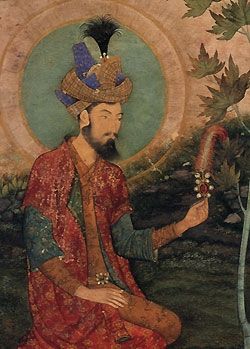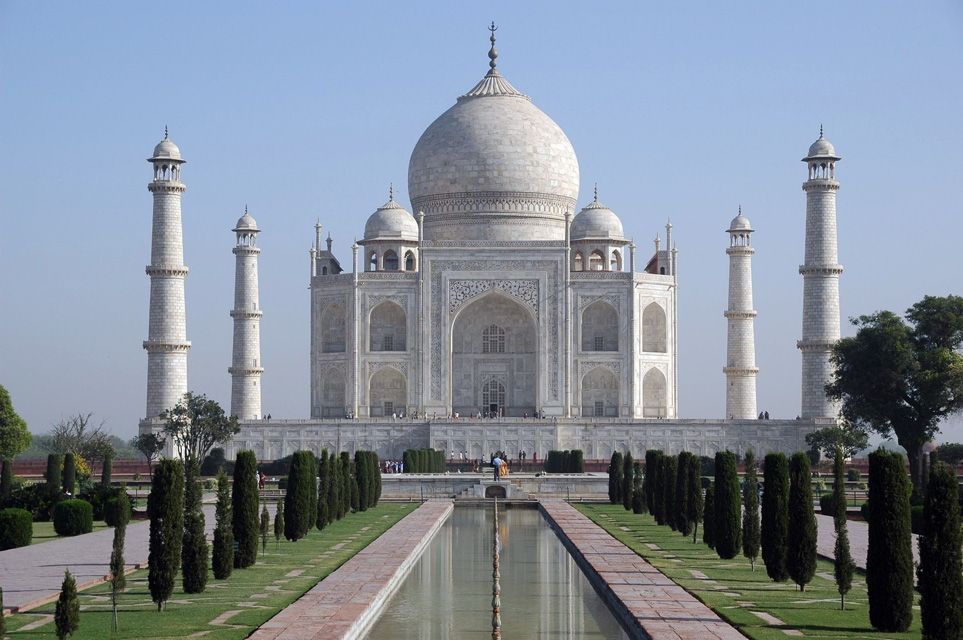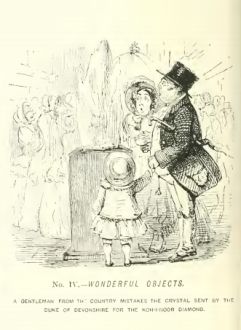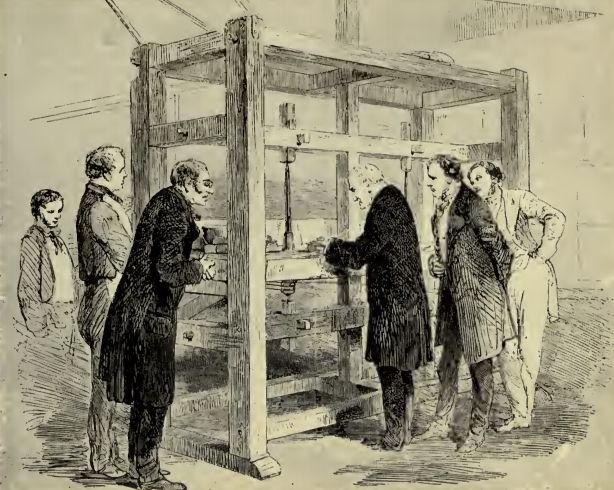It is not the biggest, it is not the finest, it is
not the most valuable, but it is, perhaps, the most famous diamond in the
world. It is the Great Diamond of history and romance, known since
antiquity and with its origins in myth, and now called the Koh-i-noor,
which means ‘the Mountain of Light’.
 |
| Koh-i-noor Diamond |
According to Hindu legend, it was
worn by Carna, Rajah of Anga, a hero of the epic poem, the Mahabharata,
which would give the stone a history of over four thousand years. This gem
appears again in stories about Vikramditya, who flourished in the first century
BCE and is said to have driven the Scythians from India. The earliest
historical reference dates from 1526, in the Memoirs of Sultan Baber,
where a similarly named Bikermâjit is defeated by Hûmaiûm, and Bikermâjit’s
people present the conquerer with a peshkesh (tribute or present) of
jewels and precious stones, amongst which was a famous diamond formerly owned
by Sultan Ala-ed-din.
 |
| Humaium |
Hûmaiûm in turn presented this diamond to Baber as a peshkesh,
and Baber returned the diamond to him as a present. Ala-ed-din, of the Khalji
dynasty, had ruled in Hindustan and had obtained this ‘famous’ diamond
in 1304, by defeating the Rajah of Malwa, (note that, although described as ‘famous’,
there is no name is given to the gem). Hûmaiûm’s life was bedevilled with bad
luck (he died after falling down stairs) and he was defeated in battle by Sher
Shah Suri, who died from an exploding cannon barrel. Hûmaiûm’s son, Akbar,
refused to remove the stone from his father’s treasury, but Akbar’s grandson,
Shah Jahan, had the diamond placed in his Peacock Throne at Agra.
 |
| Taj Mahal |
Shah Jahan’s
beloved wife, Mumtaz Mahal, died during childbirth – he built the Taj Mahal to
her memory – but he was overthrown by his own son, Aurangzēb, and eventually died
under house arrest from face cancer. The diamond remained in the possession of
the Mughal rulers until the invasion of Nadir Shah in 1739, who carried the
stone back to Persia and is reputed to have first named it Koh-i-noor. Nadir
Shah suffered from increasing ill-health and paranoia, he blinded his own son,
whom he suspected of an assassination attempt, regretted this crime and had the
officials who had witnessed the blinding executed, and was eventually
assassinated by his own guards. One of his generals, Ahmed Shah Durrani, fled
to Afghanistan, taking the Koh-i-noor with him, and it passed down the Durrani
dynasty, until Ahmed’s grandson, Shujah Shah Durrani, was deposed and forced to
flee, again taking the gem with him.
 |
| The Shape of the Original Koh-i-noor |
He took refuge in India, at Lahore, with
Ranjit Singh, who forced him to relinquish the gem and, in return, won back the
Afghan throne for Shujah. Maharajah Ranjit Singh’s Sikh empire held massive
power but his death, in 1839, created a power vacuum that was filled by the
intervention of the British East India Company, and the Punjab was declared to
be part of the British Empire.
 |
| Dulip Singh |
One stipulation was that the diamond known as
the Koh-i-noor, taken from Shujah Shah by Ranjit Singh, should be surrendered
to the Queen of England by Dulip Singh, the thirteen-year-old successor of
Ranjit, and the boy was sent to England in 1850. Governor-General Dalhousie
arranged for the diamond to be transferred to London, on a paddle sloop, HMS Medea,
under the care of C C Mansel and John Lawrence; Lawrence put the stone in a tin
box which he carried in a waistcoat pocket, on one occasion he sent the
waistcoat to the laundry, forgetting about the diamond, which was returned to
him by an honest steward.
 |
| Punch - The Koh-i-noor mistaken |
At Mauritius, locals threatened to fire on the Medea
when the ship, on which cholera had broken out, attempted to dock; a severe
storm later threatened to sink the sloop. Eventually, the Medea reached England
and Lawrence took the diamond to East India House, from where it was presented
to Queen Victoria by the boy Singh. It was publicly displayed at the Great
Exhibition of 1851, and in 1852, under the supervision of Prince Albert, it was
decided to re-cut the diamond, in the western fashion.
 |
| The Duke of Wellington places the Koh-i-noor in the cutting mill |
The work was entrusted
to Garrard’s, who employed a Dutch cutter called Voorsanger from Coster’s
workshop in Amsterdam; cutting began on July 16th 1852, with the
Duke of Wellington first placing the stone in the cutting mill, and work
continued for thirty-eight days, at a cost of £8,000. The stone was reduced
from an initial weight of slightly more than 186 carats down to 106 1/16
carats, and it was found that some parts of the stone were much harder than
other parts.
 |
| The shape of the Koh-i-noor before re-cutting |
The results were disappointing – the stone was too shallow to be
cut to the real proportions of the ‘brilliant’ pattern, and it was felt that
too much of the gem had been removed, and that maybe a different cut should
have been used. Superstition followed the Koh-i-noor, it was said to be to
blame for the premature death of Prince Albert in 1861, and to be the cause of
the Indian Mutiny of 1857; reputedly, only God or a woman can only wear it, and
the curse has brought about the downfall of every male monarch who has worn the
diamond.
 |
| The shape of the Koh-i-noor after re-cutting |
It was mounted into a brooch and worn by Queen Victoria, and then
mounted into the diamond crown that Queen Alexandra wore at the coronation of
Edward VII, by Queen Mary and by Queen Elizabeth, the Queen Mother. It can now
be seen at the Tower of London, along with the other crown jewels.

No comments:
Post a Comment